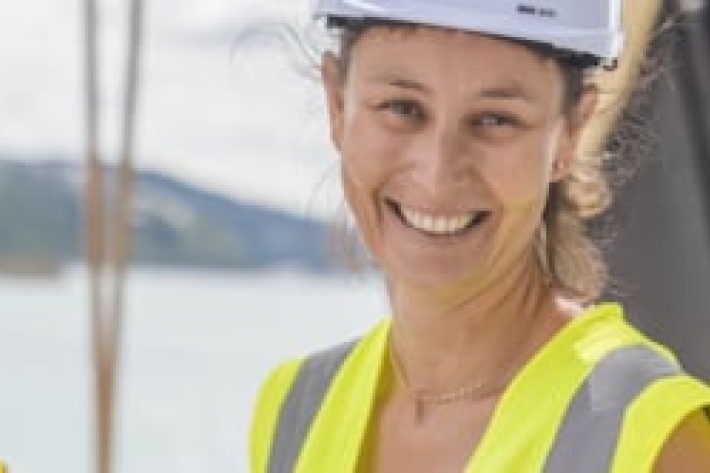-
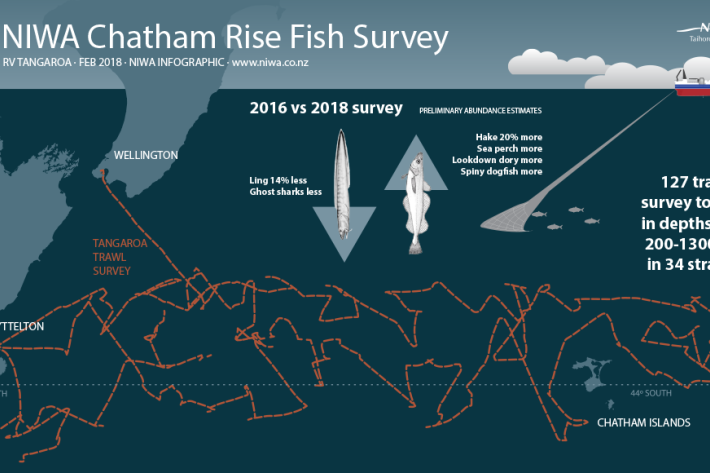
NIWA expertise contributes to healthy hoki fishery
Media release28 February 2018When NIWA fisheries scientist Richard O’Driscoll went to sea earlier this year, he and his team measured so many fish that laid end to end, they would have stretched for 31km. -
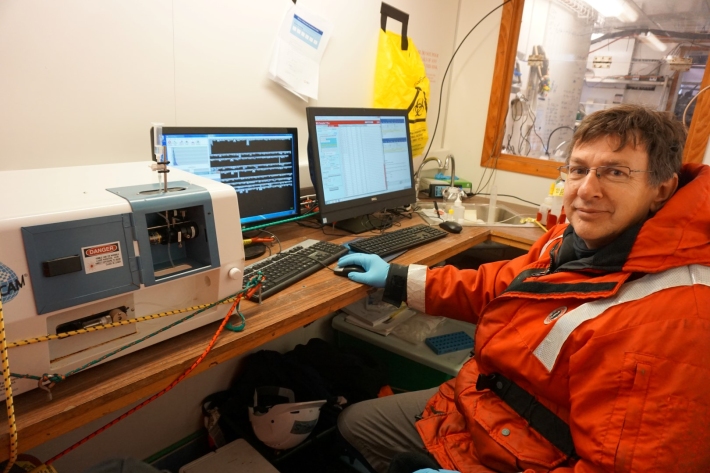
Blog: Ross Sea phytoplankton - 26 February 2018
26 February 2018In the last few days our microbial team has been doing intensive sampling of the water column using the CTD, which is deployed every day around noon. -
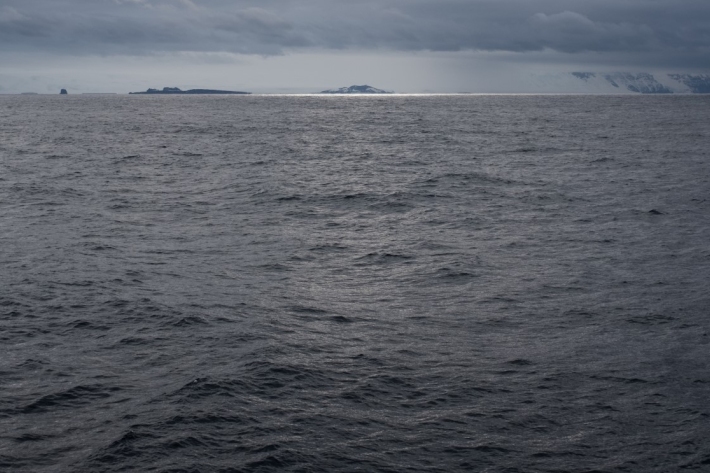
Blog: no sea ice - 25 February
25 February 2018We have been told by people who have previously visited the Ross Sea that you could count on seeing three things: icebergs, penguins on icebergs and seals hauled out icebergs. -

Blog: Ross Sea Marine Protected Area - 22 - 24 February
24 February 2018Scientists and crew have been busy assembling an active acoustic mooring for deployment, working on the Iselin Bank and have been visited by an Adelie penguin. -

Swamp kauri providing a window to the past for scientists
Media release26 February 2018Ancient swamp kauri is being used by NIWA scientists to reveal the secrets of past climates. -

Five more days from the official hottest summer on record
Media release23 February 2018Despite a sub-tropical storm and two ex-tropical cyclones, this summer is about to become the hottest in history. -
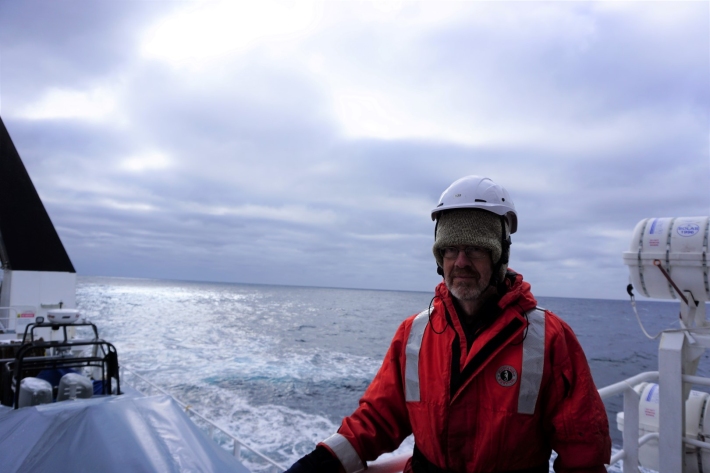
Blog: atmospheric gas measurements - 21 February
21 February 2018John McGregor from NIWA checks on the instruments that measure atmospheric gases throughout our voyage. -
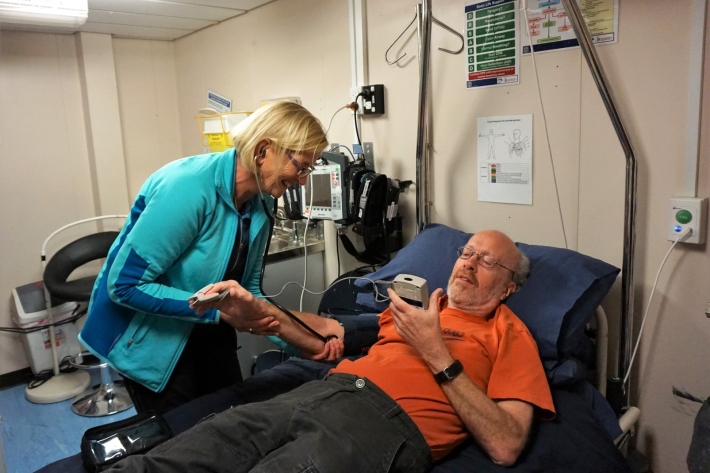
Blog: hospital tour - 20 February
20 February 2018On trips that take us away to isolated places we need to take a Medical Doctor, just in case anyone requires emergency medical or surgical treatment. -
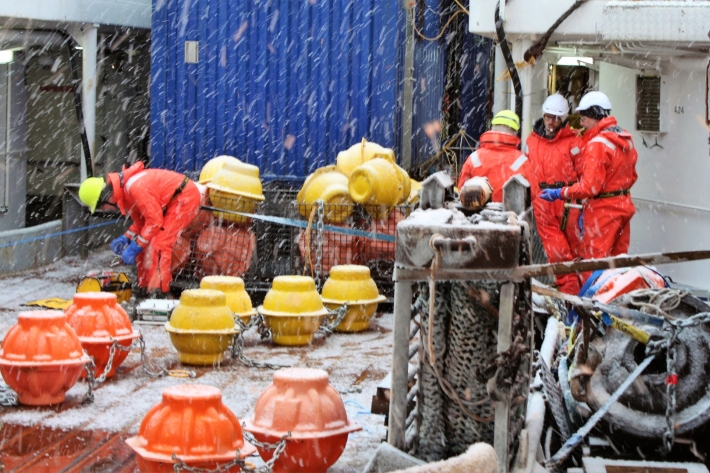
Blog: mooring deployments in the Ross Sea - 19 February
19 February 2018It is -4 degrees outside and our third day of intensive oceanographic work continues. -

Auckland region climate change projections and impacts | Auckland Council
-
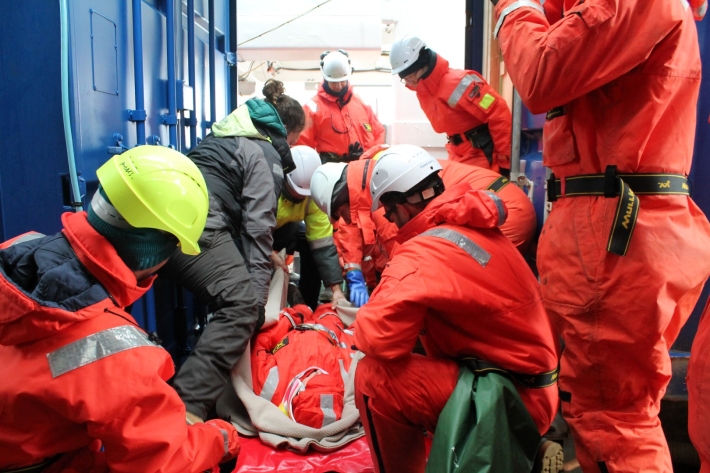
Blog: approaching the Ross Sea - 16 February
16 February 2018We are getting to the end of our transit south, which means today was the last of our daily emergency drills.

